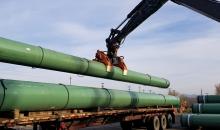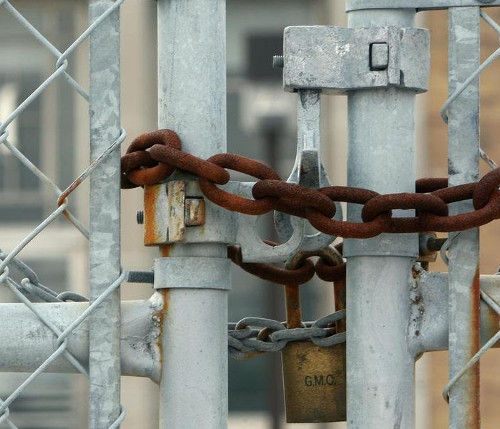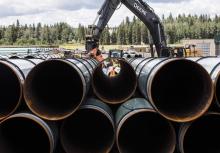Canada’s biggest solar farm, the 400-MW, 1,900-hectare Travers Solar Energy Project in Alberta, has received a C$500-million cash infusion from Denmark’s Copenhagen Infrastructure Partners that will allow Calgary-based Greengate Power to start construction at the site near the village of Lomond in Vulcan County.







